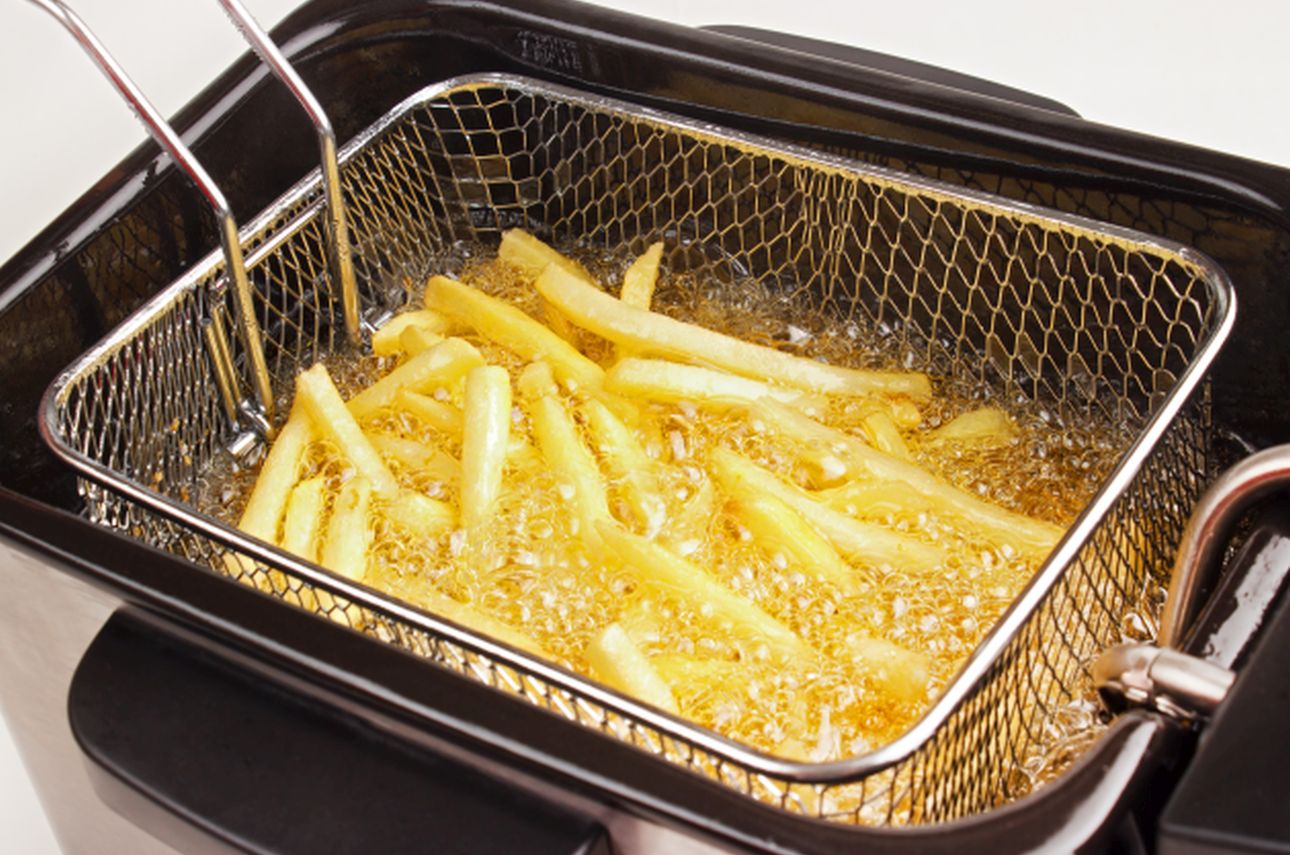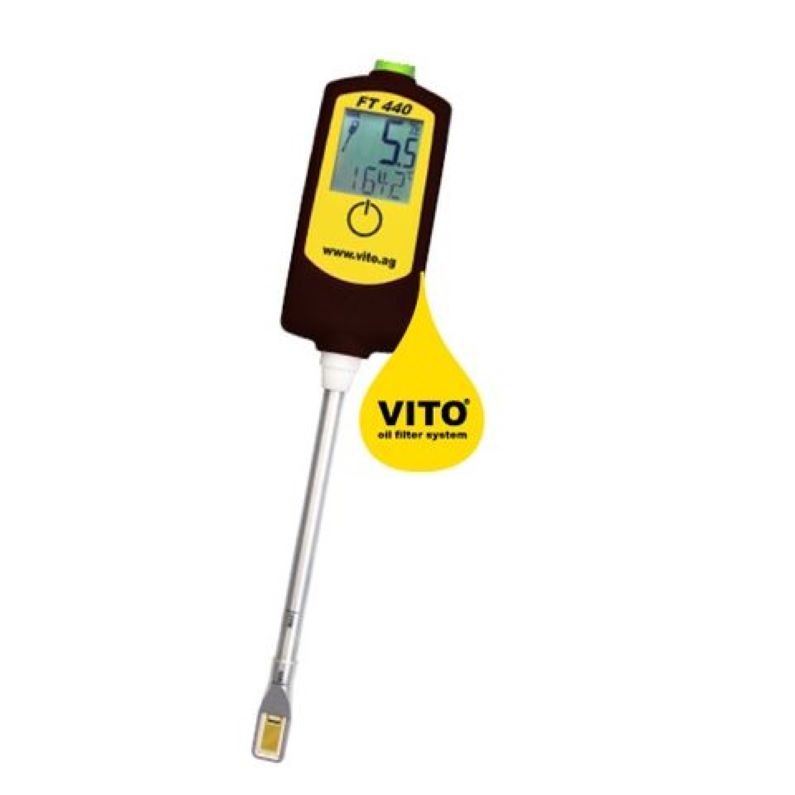20 September 2022
Using TPM to measure oil quality
How do you determine when your cooking oil is ready for disposal? Contrary to popular belief, oil colour is not a good indicator of oil quality...

Changing your oil based on colour of oil can be deceptive and costly. Often oil looks dark only because of the product/crumb floating in the oil. this is especially true when coatings with flour are used, and causes the oil to quickly ‘fog up’. This blocks the light going into the oil, and hence makes it look dark. However, often when this oil is tested, the TPM value is often quite low, indicating good quality oil, contrary to what the colour may indicate. Providing the oil is filtered and the TPM% value is low, the oil will respond well to cooking and will not negatively impact food quality, meaning you get longer out of your oil and your costs are lowered.
So what is TPM?
TPM (Total Polar Matter) is the measurement of your oil’s quality. By measuring the percentage TPM in your oil, you will have a clear indication of the degradation in your oil.
Why is TPM the best measure for oil quality?
By measuring the %TPM in your oil, you are getting an accurate indication of the quality of your oil. many chefs around the globe have adopted this measurement in exchange for the haphazard guesswork of changing based on colour, time or smell/smoke.
How can I measure TPM?
The Vito oil tester is a quick and simple way to measure your oil’s TPM. The wand uses a small sensor on its end and takes around 10 seconds to read the TPM and temperature of your oil. It is best this is done several times per week.
What do TPM% mean for your oil?
0% -18.5% - Your oil is in good condiction, new or unused.
19% - 24% - Your oil is in the critical range. It is recommended that the oil is changed or partially improved.
Over 24% - Your oil is considered waste oil and should be changed.
